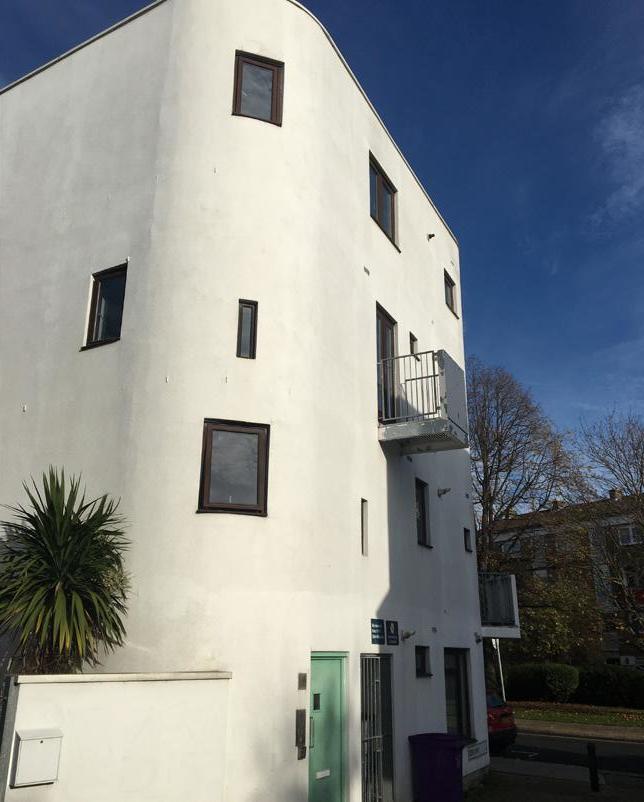
2 minute read
The Planning White Paper
By Ben Brown
Ben Brown is the Head of Policy and Insight at the Landscape Institute.
The Planning White Paper, “Planning for the Future”, published in August 2020, set out the Government’s proposals for a “once in a generation” reform of England’s planning system. Response from the sector and the public has thus far been mixed.
Launching the White Paper, the Housing Secretary Robert Jenrick set out how the reforms would both simplify the system and support recovery from the pandemic, while giving more emphasis to quality, design and the environment. The LI has responded to the Ministry of Housing, Communities and Local Government (MHCLG) consultation, which closed at the end of October.
In short, the White Paper proposals seek to simplify, standardise, and digitise the planning system, with the aim of making planning consents quicker and easier to deliver, and thereby speeding up the delivery of housing. Some of this is welcome: the vision for a principally map-based planning system (rather than the policy-based system we have now) should increase transparency, as should the drive for more digital and machine-readable planning documents. The proposals to raise the standard of design are mostly positive, and it is exciting to see design back up the political agenda for the first time in a decade. Although, using this as a vehicle to introduce more permitted development rights (the so-called “fast track for beauty”) is a disappointing example of Government ignoring its own research 1 , which found in July 2020 that PD rights achieve exactly the opposite effect.
Elsewhere, there are grand undetailed proposals for a new Sustainability Appraisal system and a reform of Environmental Impact Assessment – which sound exciting/ worrying (delete depending on your level of pessimism). Likewise, proposals to scrap Section 106 and the Community Infrastructure Levy are mooted, with a single replacement levy. This will only be successful if it delivers more money for local green infrastructure, including its maintenance, which isn’t yet guaranteed.
There are some proposals which are much more obviously concerning, and which the LI will be advocating to change. For example, the proposals to standardise all Local Plan policies would reduce the ability of local authorities to set locally specific expectations for new development, or to raise standards above a minimum floor.
The current planning system remains unchanged for now, with all its current strengths and weaknesses still apparent. As the LI said in its response: “The foremost challenge for planning is climate change: mitigating it and adapting places to its effects. If the planning system is not in service to addressing climate change, it is not fit-for-purpose. This means building in the right place, with low-carbon materials, and designing places that are green, resilient, dense, and walkable.”
There are upcoming Government consultations on various aspects of this, including a National Planning Policy Framework rewrite and a new National Model Design Code. Keep an eye on our weekly Vista newsletter for more info.
Our full response to the Government’s detailed proposals can be found on the LI website.










